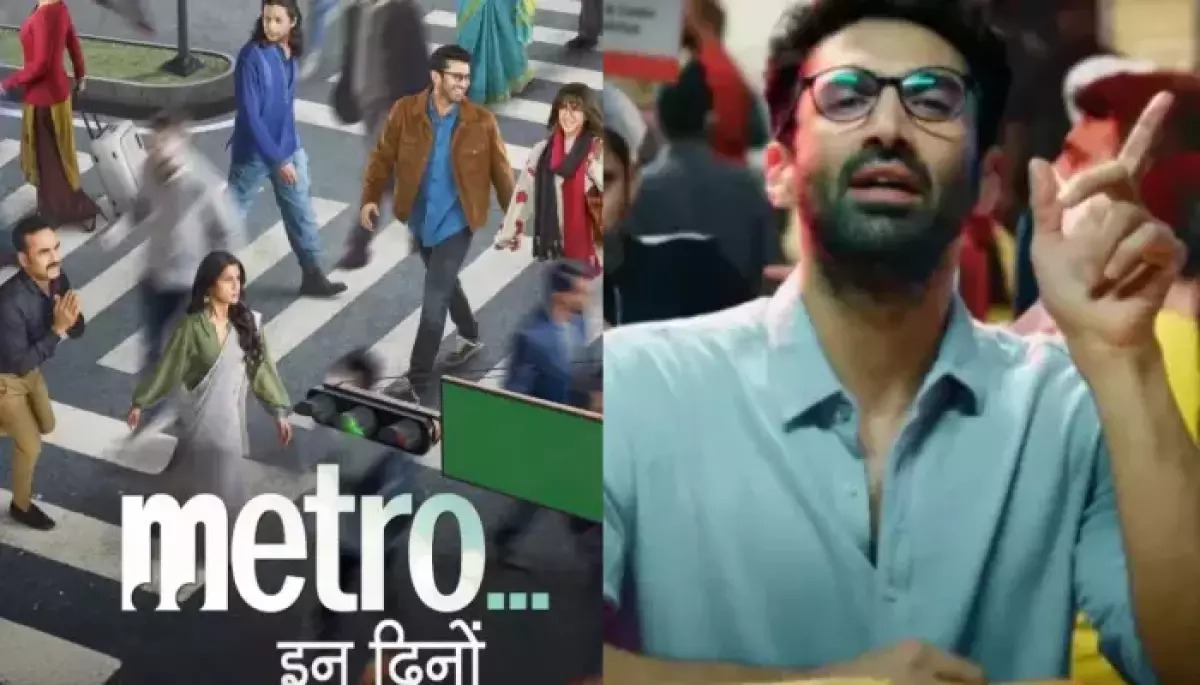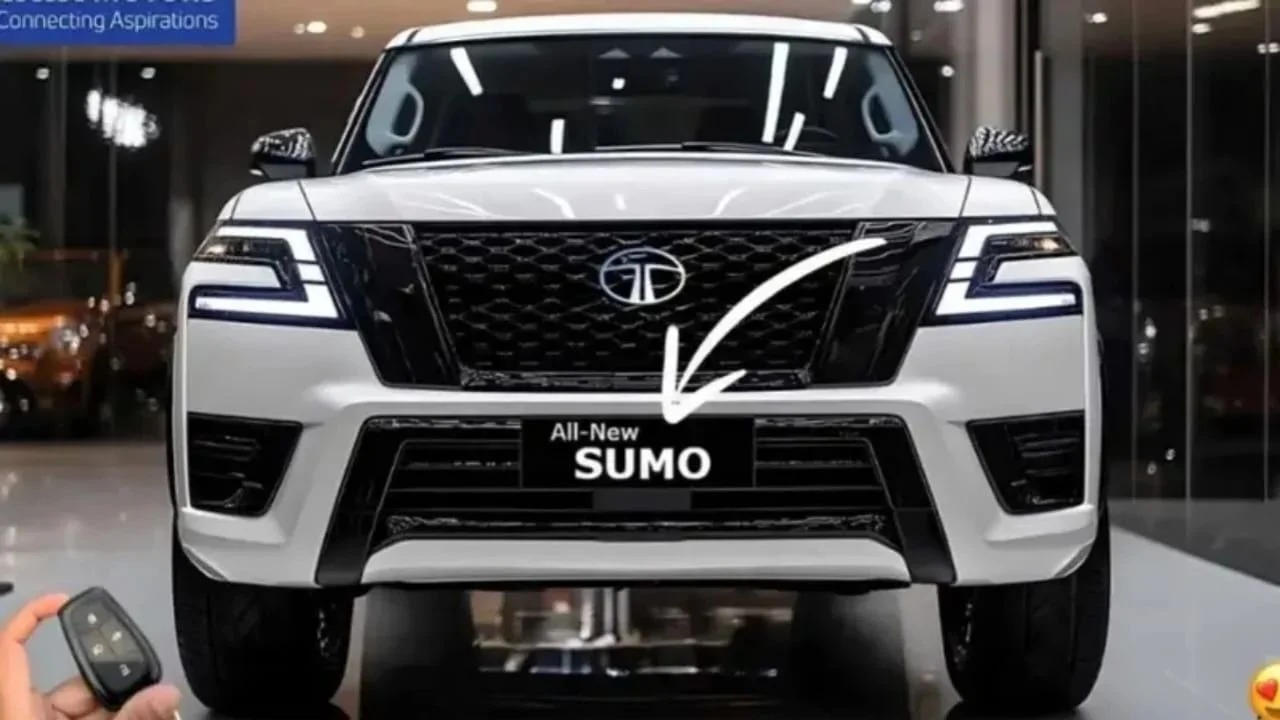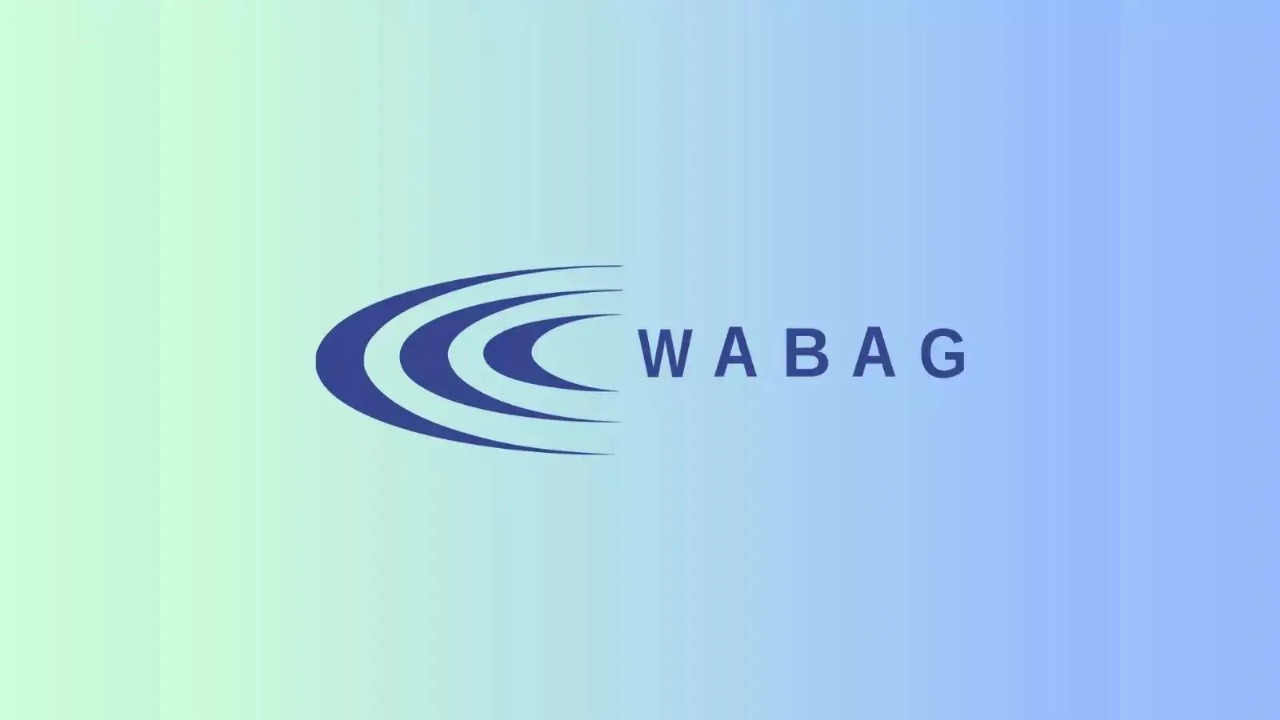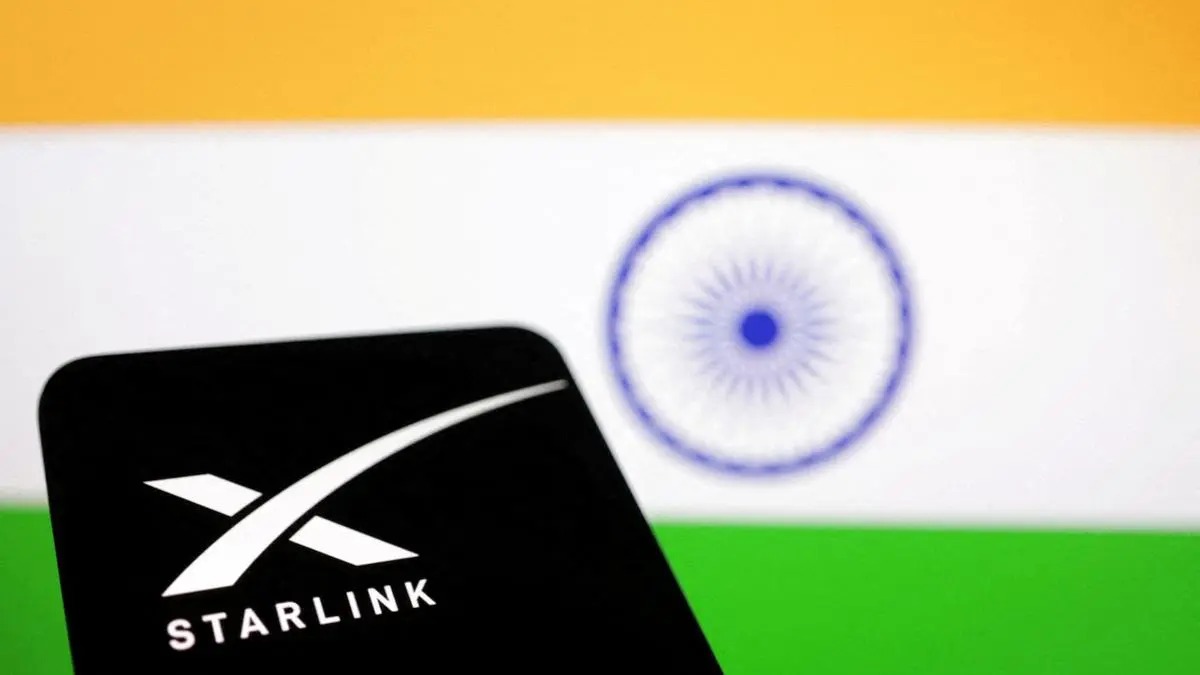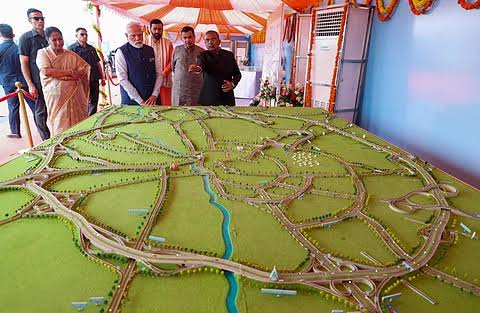 Image Source: The New Indian Express
Image Source: The New Indian Express
The highly anticipated Varanasi-Kolkata Expressway, a flagship infrastructure project set to drastically reduce travel time between eastern and northern India, is facing delays in West Bengal. While construction is progressing steadily in Uttar Pradesh, Bihar, and Jharkhand, work in West Bengal remains stalled due to a revised alignment requested and approved by the state government. This delay has important implications not only for the project timeline but also for regional connectivity and economic upliftment.
Key Highlights and Current Status
-
The Varanasi-Kolkata Expressway is a 610-kilometer long, six-lane, greenfield access-controlled highway designed to connect Varanasi in Uttar Pradesh to Kolkata in West Bengal via Ranchi. The new expressway is expected to cut travel time from approximately 12-14 hours to just six hours.
-
Construction has commenced and work awarded in the states of Uttar Pradesh, Bihar, and Jharkhand, with significant progress underway.
-
In West Bengal, despite completion of land acquisition notifications in three districts—Purulia, Bankura, and Hooghly—construction has yet to start.
-
The delay is attributed to the West Bengal government's revision of the expressway alignment. The initial alignment consented by the state was given in January 2023; however, a revised alignment reflecting the state government's request was approved only recently, in October 2024.
-
The detailed project report (DPR) preparation for the West Bengal stretch is complete, and the start of construction is contingent on DPR outcomes, connectivity requirements, priority sequencing, and synergy with the PM Gati Shakti National Master Plan.
Detailed Analysis of the Delay in West Bengal
West Bengal constitutes a significant portion of the expressway route—around 242 kilometers out of the total 610 km—passing through six districts. The state's alignment revision arose from requests of local administrative bodies, aiming to improve access, economic integration, and local connectivity. This necessitated re-examination and realignment, which pushed back progress on issuing land acquisition notifications and construction tenders.
The central government had completed land acquisition notifications in half of the districts involved but is awaiting finalization of the alignment and subsequent approvals before awarding construction contracts. Compensation offers to affected landowners have reportedly been above market rates, yet progress remains slow pending resolution and finalization of the revised alignment.
Implications of the Delay
-
Project Timeline: While other states have moved forward with construction, West Bengal’s lag may affect the overall completion timeline for the expressway, initially targeted for completion by March 2028.
-
Regional Connectivity: The expressway is expected to catalyze economic growth by boosting trade, tourism, and job opportunities. Anything hindering West Bengal’s participation delays potential benefits to this key eastern gateway.
-
Economic and Logistic Impact: The expressway will significantly reduce travel time for both passenger commuters and goods vehicles, enhancing supply chain efficiency between the industrial and cultural hubs of Varanasi and Kolkata.
Project Overview and Strategic Importance
-
Estimated at approximately Rs 35,000 crore, the Varanasi-Kolkata Expressway is one of India’s major infrastructure projects under the Bharatmala Pariyojana initiative.
-
The greenfield alignment allows designers to chart an optimal, straight route with minimal urban disruptions, running roughly parallel to the historic Grand Trunk Road (NH-19), but offers higher speed and enhanced safety.
-
The expressway will traverse four states: Uttar Pradesh, Bihar, Jharkhand, and West Bengal, boosting inter-state travel.
-
Expected to slash travel time by nearly half, the new expressway also aims to integrate with the larger PM Gati Shakti National Master Plan focused on multimodal connectivity and logistics efficiency.
Government Response and Future Outlook
Union Minister for Road Transport and Highways Nitin Gadkari addressed these concerns in Parliament on August 20, 2025, reiterating the status of land acquisition and confirming the alignment revisions approved in 2024. He emphasized that construction commencement in West Bengal hinges on the DPR outcomes and alignment finalization. He also assured that tenders and awards for construction will follow as soon as these steps are finalized. The central government continues coordination with the West Bengal government to expedite this critical phase.
The project’s lifecycle includes multiple packages with tenders already awarded and work underway in states other than West Bengal. The foundation stone for the expressway was laid by Prime Minister Narendra Modi in February 2024, underscoring the national importance of the corridor.
Looking ahead, swift resolution of the alignment and land acquisition issues in West Bengal will be crucial to maintaining the momentum of this transformational infrastructure project and its projected socio-economic benefits.
Source: The New Indian Express, Press Information Bureau, Economic Times
Advertisement
Advertisement


